AC Power Cord
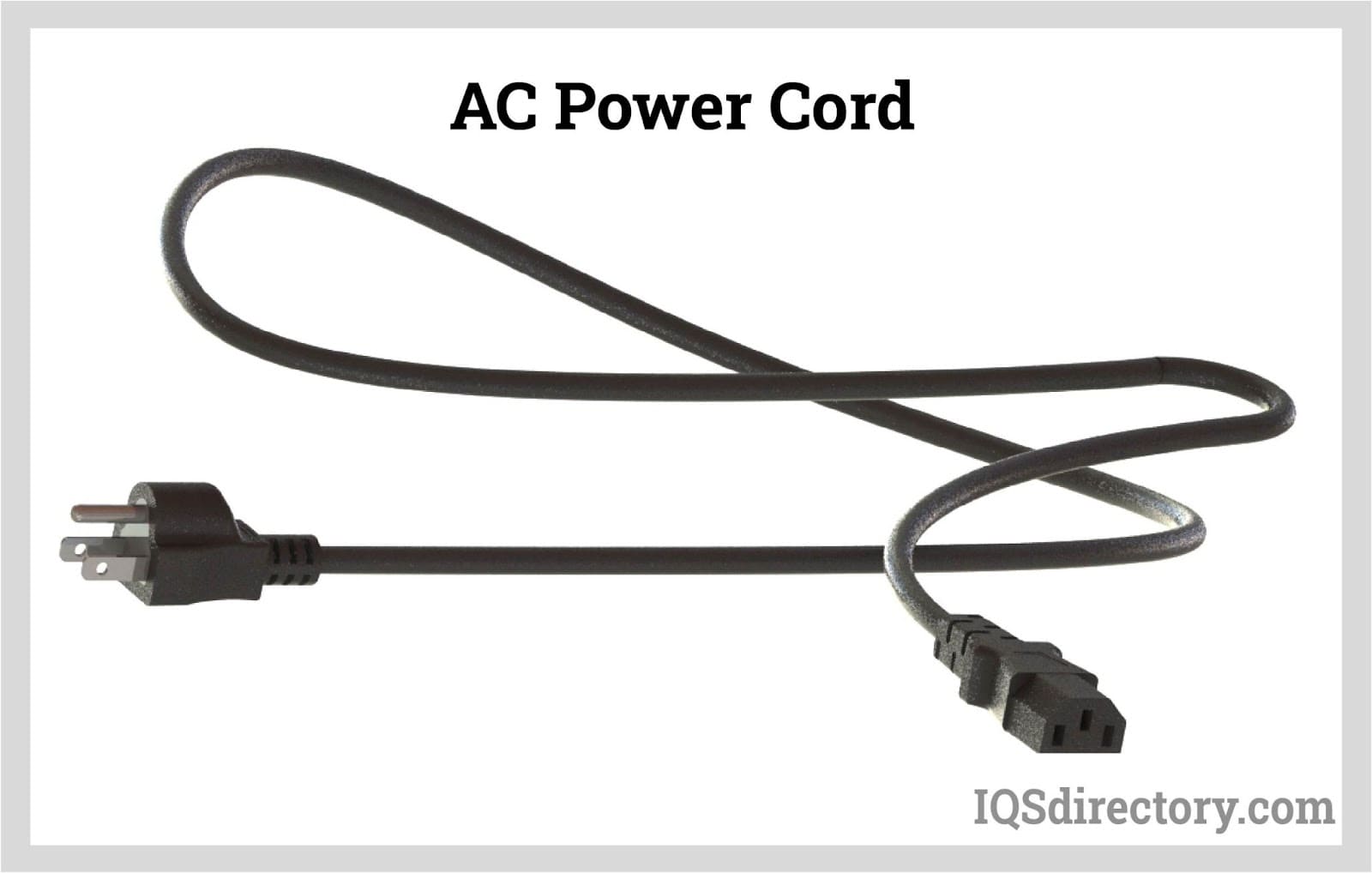
An AC power cord is a detachable way of providing an alternating current of electric energy from a mains power supply to an electrical appliance or equipment. Serving industries like...
Please fill out the following form to submit a Request for Quote to any of the following companies listed on
This article takes an in-depth look at power cords. Read further to learn more about topics such as:
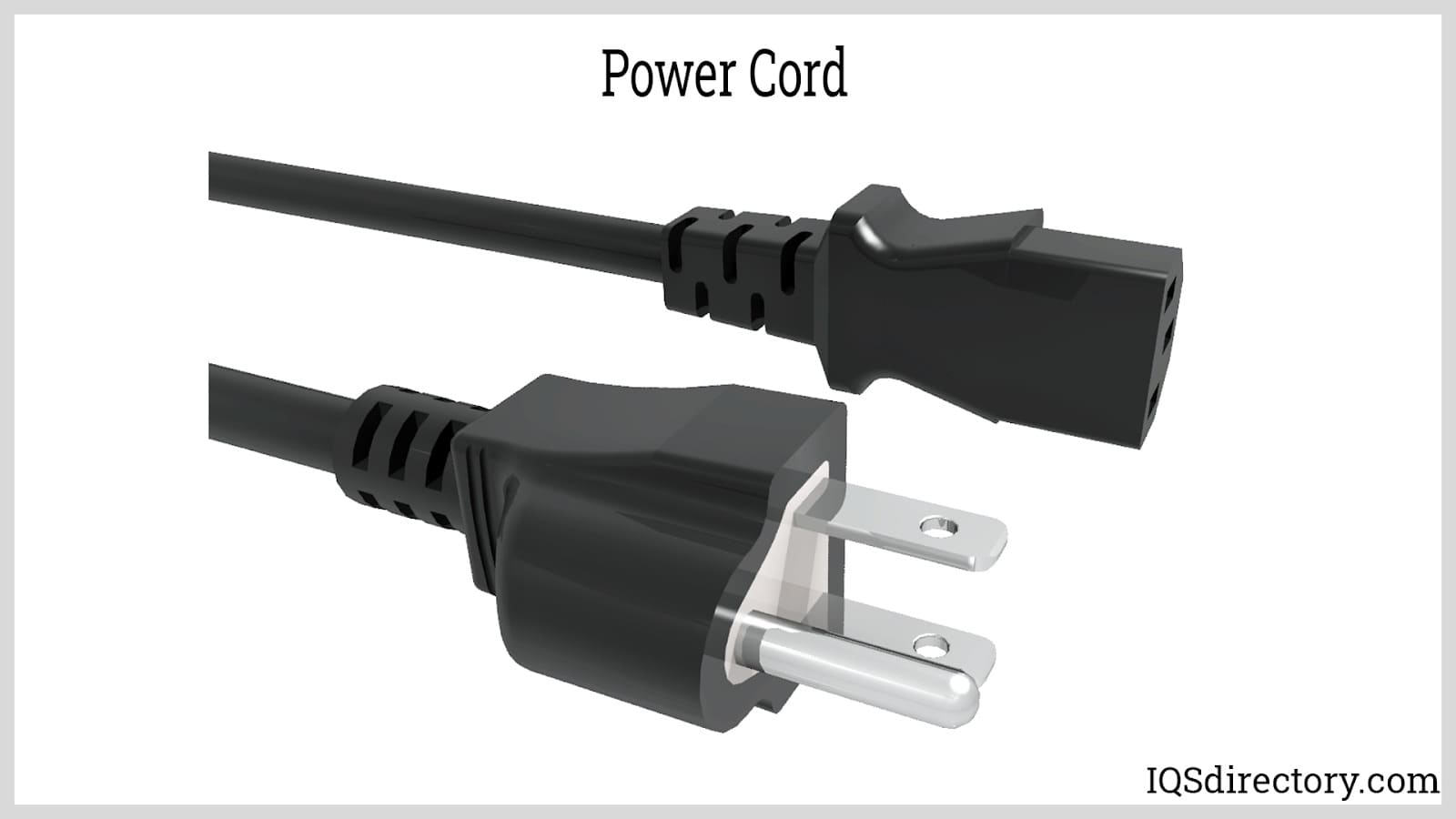
A power cord is a crucial electrical component designed to link appliances to a power source or an electrical utility. It typically consists of an insulated electric cable with connectors molded onto one or both ends. One end generally features a male plug that connects to an electrical outlet, wall socket, or extension cord. The other end commonly has a female connector designed to attach to the appliance or another male plug. In certain scenarios, the female connector might be absent and substituted by a fixed cable that is directly attached to the appliance.
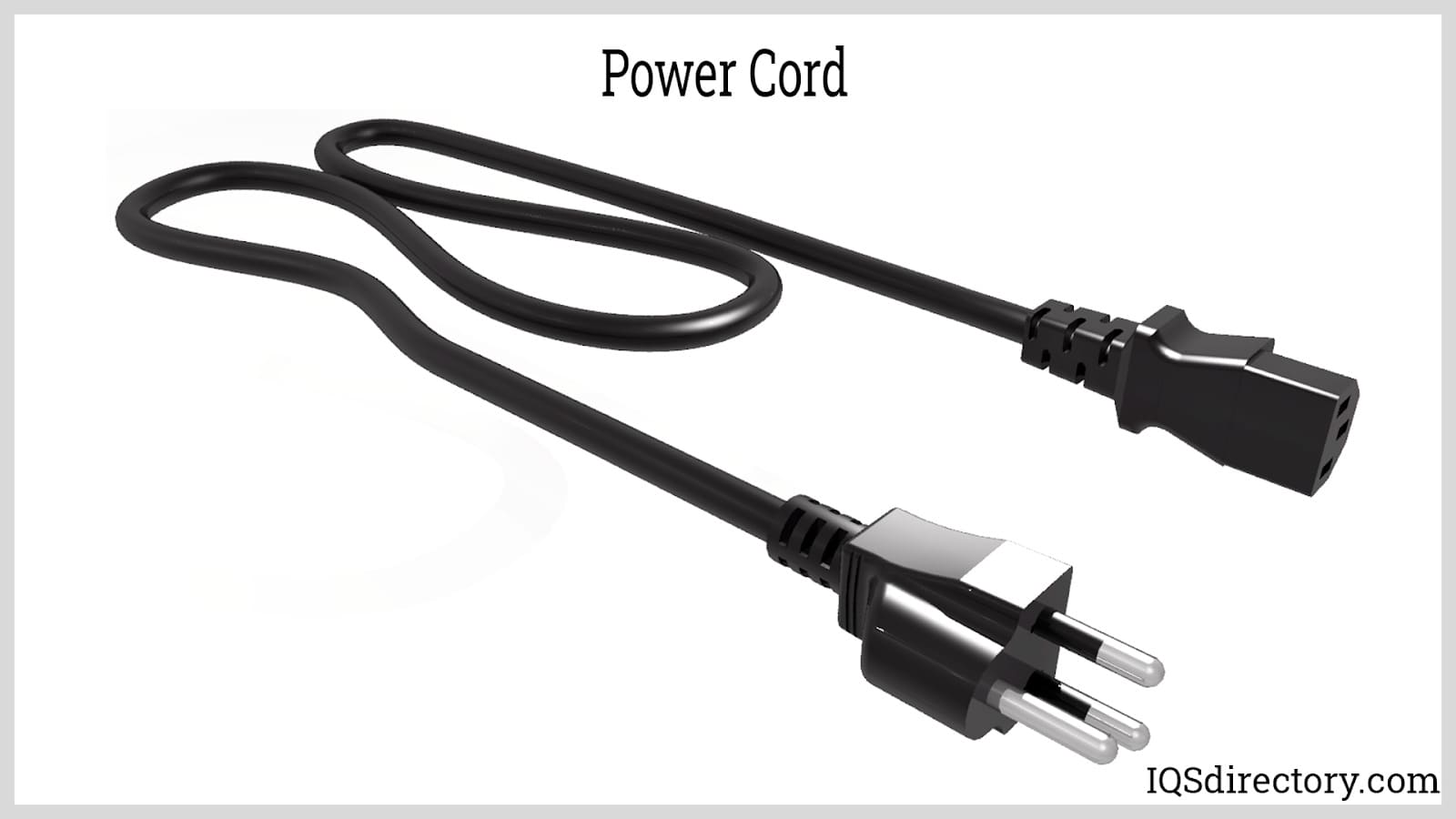
Power cords find widespread application in both residential and commercial environments, linking a variety of electrical devices such as televisions, computing devices, refrigerators, and air conditioning units. However, their use is less prevalent in industrial and manufacturing settings, where machinery typically demands higher current levels and voltages. Power cords are commonly rated to handle currents from 16 A to 20 A and voltages ranging from 125 V to 250 V, which generally fall short for heavy-duty industrial machinery requirements.
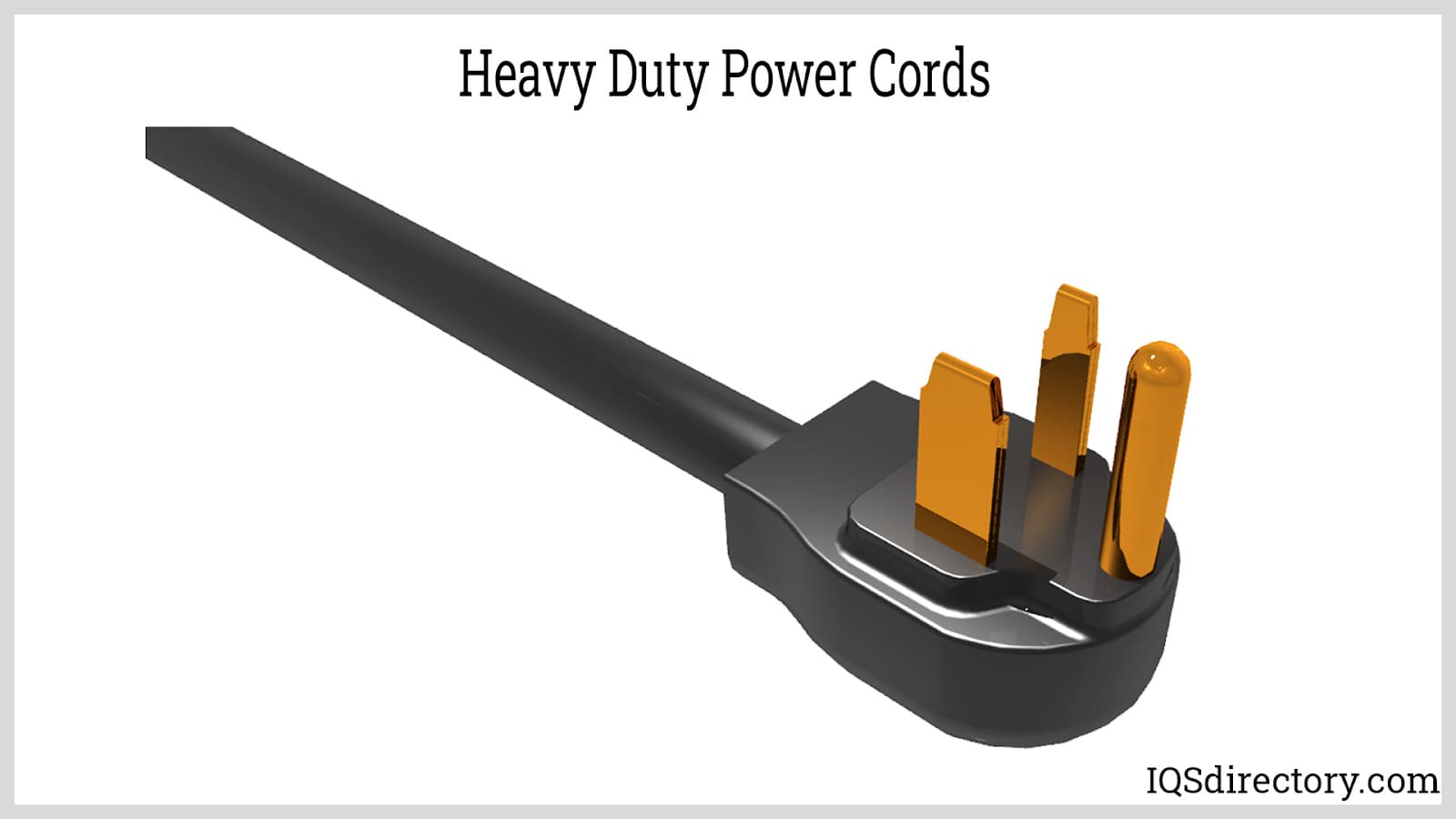
Several terminologies are used to specify power cords, and while some terms may be used interchangeably by laypeople, understanding their precise meanings is crucial for selecting the appropriate power cord. Accurate terminology ensures that the power cord meets the necessary specifications for safety, performance, and compatibility.
Although "power cords" and "power cables" are often used interchangeably, there are subtle distinctions between them depending on the context and specific characteristics. Power cords generally refer to flexible cables used to connect appliances to electrical outlets, typically featuring molded connectors on one or both ends. In contrast, power cables may refer to a broader category that includes both flexible and rigid cables designed for various applications, including high-voltage or industrial uses. Understanding these nuances helps in choosing the right product for specific needs.
A power cord typically refers to the flexible cable used in consumer electronics and household appliances, such as the cord on a laptop charger or a kitchen blender. In contrast, a power cable is a more general term that includes a wide range of cables used for power transmission, which can encompass thicker, less flexible cables designed to handle higher current or voltage levels. Understanding these distinctions helps ensure you select the appropriate cable for your specific application.
Below are the terms used to identify various parts and features of power cords:
This is the most fundamental designation for devices that transmit electrical current from an outlet to an appliance. It can also refer to a device that electrically connects two appliances. Electric cords are capable of carrying both AC and DC power.
This type of electric cord is primarily used for connecting an appliance to an electrical utility outlet.
A cord set consists of a plug, a power cable, and a connector. It is used to connect an electrical appliance to an electrical utility or power supply.
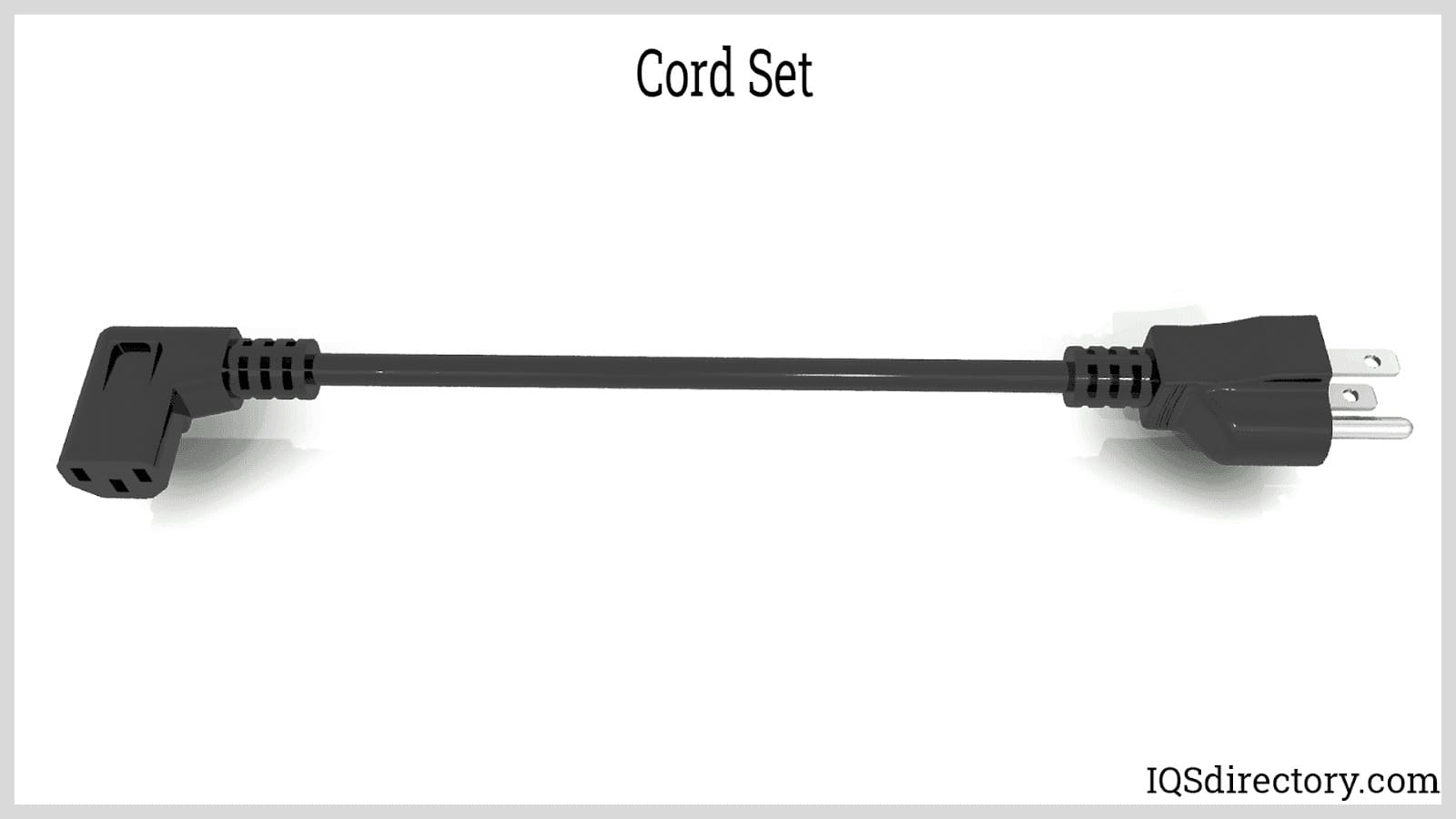
This assembly consists of a male and female connector and is used for connecting two electrical appliances. An example would be a power cord linking a UPS to a desktop CPU or monitor.
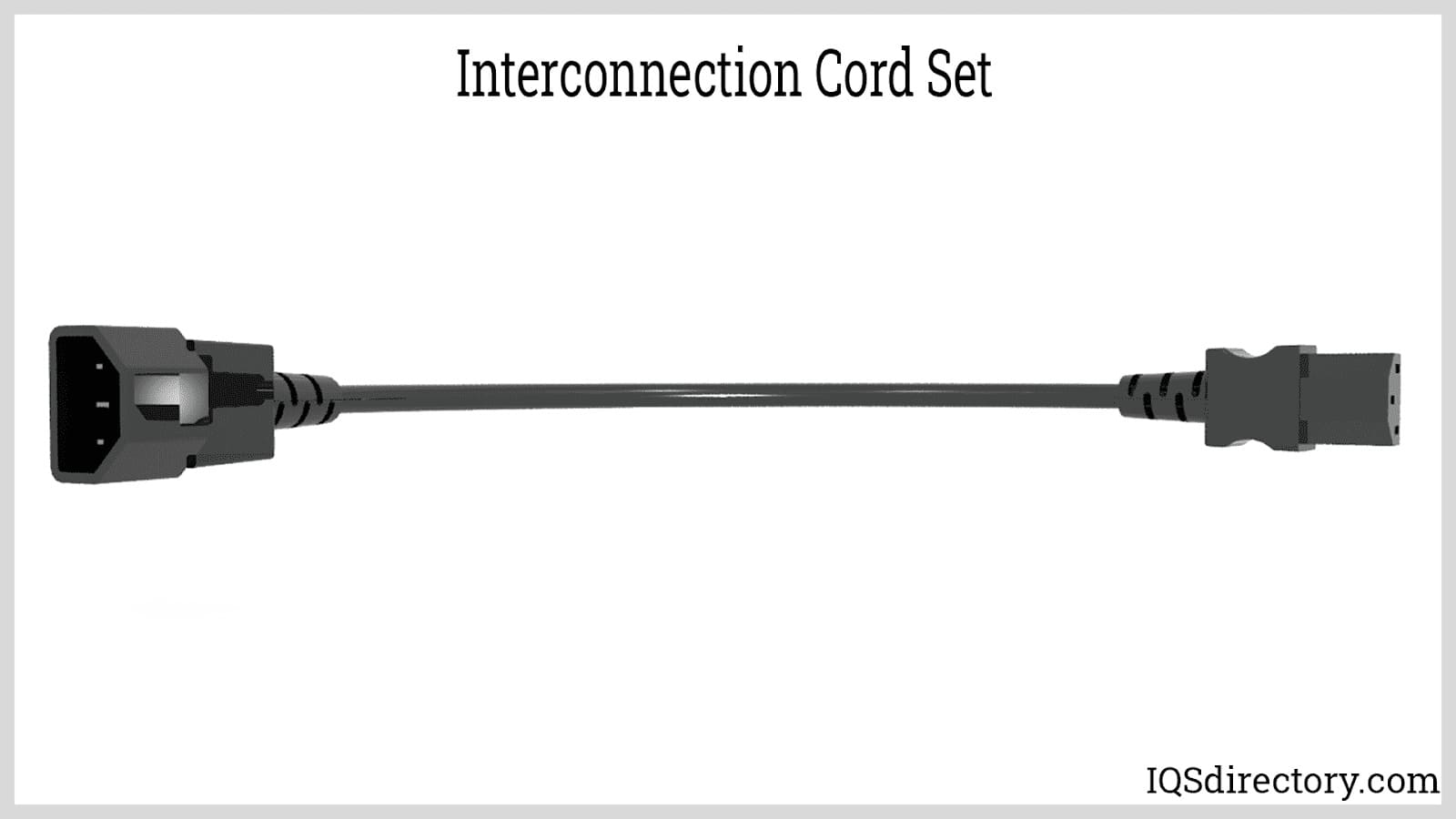
As the name implies, this power cord is designed to conduct electricity in the form of alternating current (AC), which features a sinusoidal waveform. AC is the standard type of electrical power provided by most electrical outlets.
These are power cords ordered with specific, customized specifications. Due to the vast range of possible combinations for plugs, connectors, and cord characteristics, not all configurations are readily available in the market. Leading power cord suppliers offer customization options to meet unique application needs.
These are electrical cords designed to extend the connection between the power source and the appliance. They feature a socket connection on one end and a plug on the other end.
These are typically high-ampere-rated cords designed to handle significant electrical loads. Their current ratings can reach up to 50 A, ensuring that power is effectively distributed from the generator to the utility system. It is crucial for generator power cords to match the highest rating of the generator outlet to prevent insulation breakdown and ensure safe operation.
NEMA power cords are electrical cables that adhere to the standards established by the National Electrical Manufacturers Association (NEMA). These standards specify the design of each component of the power cord. NEMA standards are widely used in North America, Central America, and some regions of South America.
These power cords are fitted with a Type B electrical plug on one end. NEMA 5-15P denotes a NEMA standard plug rated at 15 A. The plugs have three pins: two flat, current-carrying pins (live and neutral) and one round earth pin.
An electrical plug is a movable male connector that pairs with a female connector or socket. It has protruding pins that match the openings on the socket. Plugs can have various features, such as earthing pins or clips, insulated sleeves, a fuse, and rewireable assembly.
Sockets are electrical fixtures designed to accept or receive electrical plugs. The contacts inside the socket are connected to the main electrical supply or power distribution system. Sockets and plugs are standardized to match each other.
Plug adapters are devices used to connect electrical plugs and sockets of different types. Often referred to as “universal adapters,” they have a socket on one side that can receive any electrical plug. The other side typically features a Type A plug that fits into Type A sockets commonly found in households. Using plug adapters is unsafe as they can bypass the safety features designed into the original plug.
A connector is a part of the power cord designed to provide a temporary attachment to an appliance inlet or another appliance coupler.
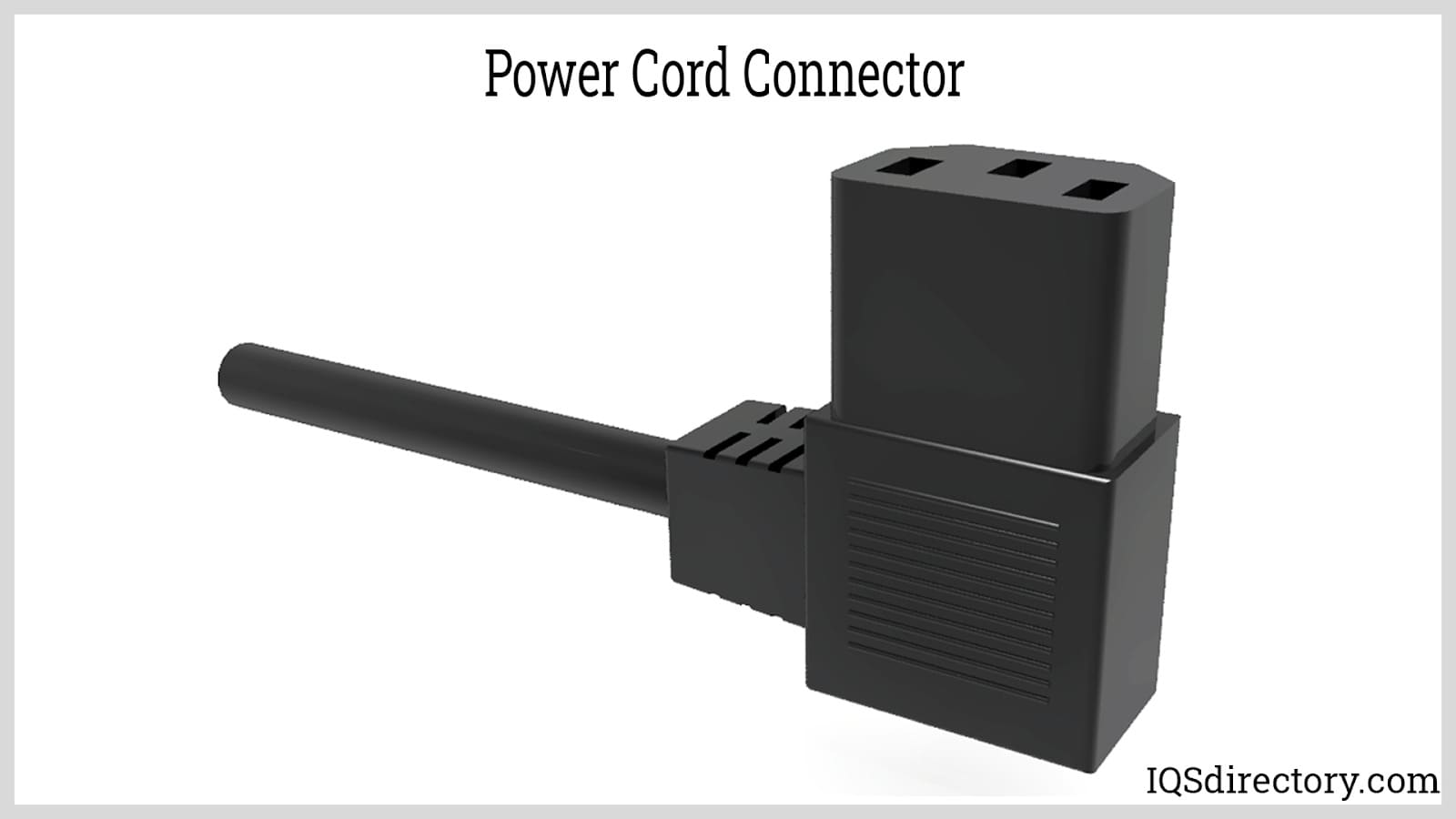
This is the part of the appliance that accepts the power cord connector. Connectors and inlets are standardized by IEC 60320 (or IEC 320 for short).
The flexible cord or cable is a component of a cord or interconnection cord set. Made from insulated, stranded wire conductors, it links the plug and connectors. Its length can range from 6.6 to 32.8 feet (2 to 10 meters) depending on the standards used in manufacturing the power cord.
Power cords are 2-core or 3-core, depending on the number of phases of the electrical system. For example, the domestic distribution system is usually single-phase, requiring a 2-core cable. One core or wire is the live wire, colored black in North America or brown internationally, while the other is the neutral wire, colored white in North America or blue internationally.
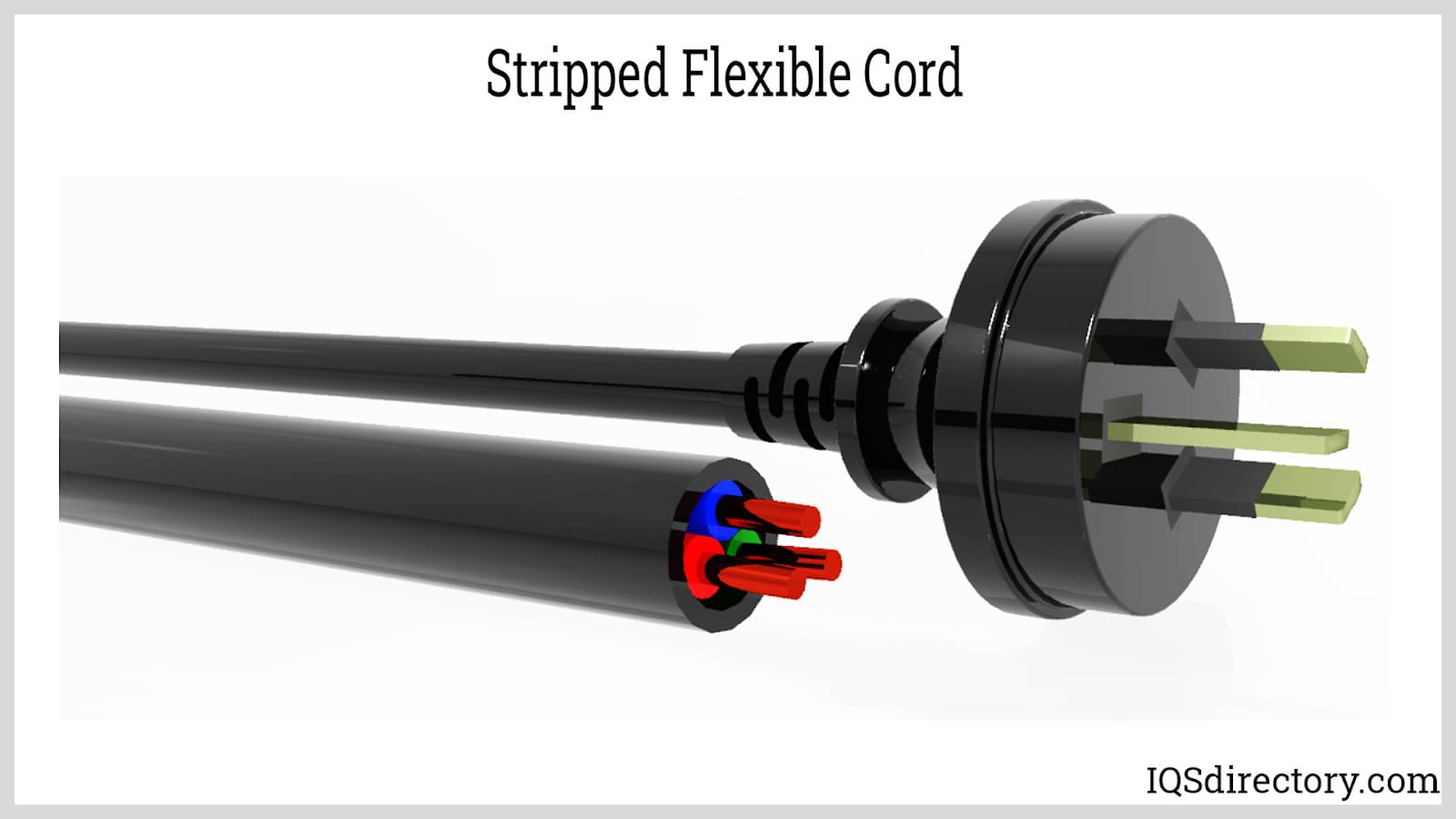
Other flexible cord features include an additional wire smaller than the others. This is the grounding or earth wire, colored green in North America or green with yellow stripes internationally.
A pin, also known as a prong or lead, is a conductor protruding from the ends of a male connector or plug. It completes the path of the electrical current when connected to the contacts of the socket or connector.
The live pin, or hot pin, is the conductor connected to the power supply.
The neutral pin provides a return path for the electrical current supplied by the live connection.
The earth pin, or grounding pin, provides a connection between the conductive parts of the appliance and the ground. It enhances the safety of the appliance by directing any stray current directly to the ground. Most plugs and connectors use earth pins that are longer than the live and neutral pins, ensuring that the appliance is grounded before power is supplied.
Insulated sleeves are safety features found in some types of plugs. They are plastic coverings that extend from the base of the pin to a certain length, preventing accidental contact with the pins when the plug is partially connected.
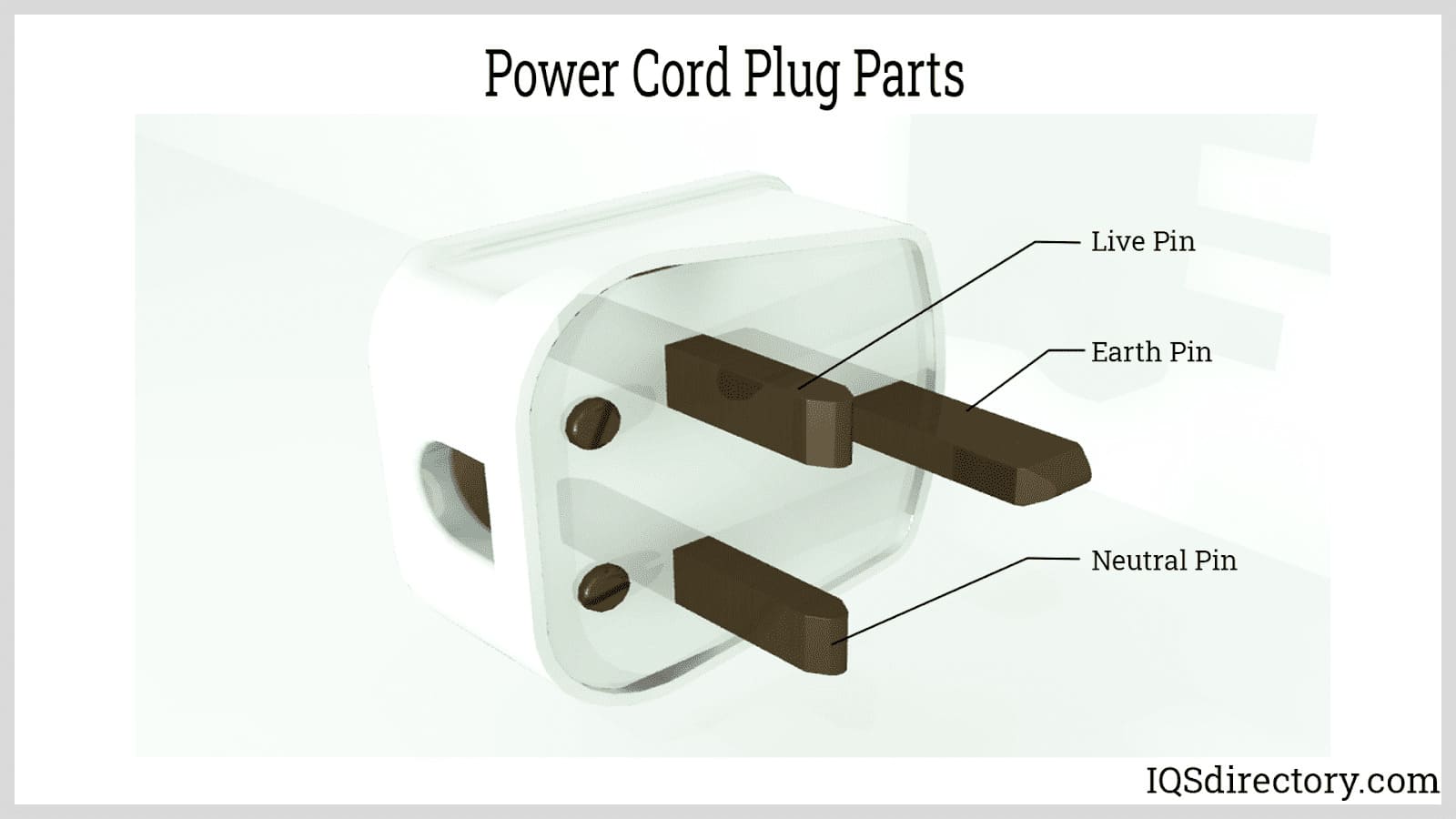
Polarized connections are designed to be connected in a specific direction, preventing the interchange of live and neutral pins. This helps protect the equipment from reverse flow of electric current. Polarization is achieved through notches, ridges, asymmetric shapes, and offsets in the earth pin.
Shutters are safety covers designed to prevent foreign objects from entering the openings of sockets. They help protect children from accidentally inserting materials into the socket that could cause electrocution. Typically, the insertion of the earth pin triggers the shutters to open, allowing access for the live and neutral pins.
Plug covers are non-conductive devices inserted into wall outlets to prevent children from inserting objects into the socket holes. They are used when the socket lacks shutters. For sockets with shutters, plug covers are not recommended, as they can undermine the safety features of the device.
Retainers are mechanical devices that keep the connector properly aligned with a matching inlet and prevent unintended withdrawal.
This rating indicates the maximum electrical load and voltage that a cord can safely handle.
Being rewireable is a feature of most plugs and connectors, particularly those used in industrial power cords. This refers to power cords with replaceable flexible cords, allowing for maintenance or replacement of the cord without replacing the entire plug or connector.
Power cord splitters, also known as dividers, are used to split an electrical signal and supply it to two appliances or electrical circuits. While the signal's waveform is retained, the resulting amplitude or signal strength is reduced.
A fuse is a safety device designed to open the circuit when the current passing through the cord or appliance exceeds its rated limit. This helps protect the circuit and equipment from damage due to overcurrent.
Power cords are essential components for transmitting electrical energy from a power source to electrical devices and appliances. They consist of several key elements that work together to ensure the safe and efficient flow of electricity. At the core of a power cord are one or more conductors, typically made of copper or aluminum, which serve as pathways for the electrical current to travel from the power source such as a wall outlet or a power supply unit to the device being powered.
Surrounding the conductors is an insulating material, typically made of rubber or plastic, which protects users from coming into direct contact with the live electrical wires. Additionally, power cords often feature an outer sheath for extra protection and durability. At each end of the power cord are connectors, such as plugs and sockets, that facilitate easy and secure connections to both the power source and the device. These connectors are designed to ensure a reliable electrical connection and prevent accidental disconnection.
The functionality of power cords relies on the principles of electrical conductivity, insulation, and mechanical durability. When connected to a power source, the conductors within the cord enable electrons to flow from the source to the device, supplying the necessary electrical power. The insulating material around the conductors prevents electrical leakage and ensures that the current follows the intended path. Power cords are designed to handle various voltage and current levels, which is why different types and sizes are available for different applications. Power cords are a fundamental component of modern electrical systems, allowing us to power our electronic devices safely and conveniently.
Power cord couplers play a crucial role in ensuring the safe and efficient operation of various electrical and electronic devices. These connectors, often overlooked, serve as the interface between power sources and the equipment they power, enabling seamless transmission of electrical energy. Their importance lies in providing a secure and standardized connection, which reduces the risk of electrical accidents, ensures reliable power delivery, and facilitates ease of use. Power cord couplers come in various types and standards to accommodate different devices and voltage requirements, making them a vital component in maintaining electrical safety, compatibility, and overall functionality in both domestic and industrial settings.
IEC 320, or IEC 60320, is the standard used to specify the dimensions and features of appliance couplers. While IEC also developed a standard to unify global appliance coupler regulations, plugs follow a separate system of standardization. The standards for plugs will be discussed in the following chapter.
The table below summarizes IEC 320 appliance couplers.
| Connector (Female) | Appliance Inlet (Male) | Description | Current Rating | Max Cable Length | Temp. Rating |
|---|---|---|---|---|---|
| C1 | C2 |
|
0.2 A | 6.6 ft (2 m) | 158°f (70°C) |
| C3 | C4 |
|
2.5 A | 6.6 ft (2 m) | 158°f (70°C) |
| C5 | C6 |
|
2.5 A | 6.6 ft (2 m) | 158°f (70°C) |
| C7 | C8 |
|
2.5 A | 13.1 ft (4 m) | 158°f (70°C) |
| C9 | C10 |
|
6 A | - | 158°f (70°C) |
| C11 | C12 |
|
10 A | - | 158°f (70°C) |
| C13 | C14 |
|
10 A | 6.6 ft (2 m), 32.8 ft (10 m) | 158°f (70°C) |
| C15 | C16 |
|
10 A | - | 248°F (120°C), 311°F (155°C) |
| C17 | C18 |
|
10 A | - | 158°f (70°C) |
| C19 | C20 |
|
16 A | - | 158°f (70°C) |
| C21 | C22 |
|
16 A | - | 311°F (155°C) |
| C23 | C24 |
|
16 A | - | 158°f (70°C) |
Plugs and sockets can have different configurations based on local regulations, as electrical standards may vary by region, particularly for specific electrical components. The International Electrotechnical Commission (IEC) has established a designation system for specifying global plug types. The different plug types and their attributes are summarized in the table below.

| Plug/Socket Type | Description | Region | Standard | Rating |
|---|---|---|---|---|
| A |
|
|
|
|
| B |
|
|
|
|
| C |
|
Europe, except UK, Ireland, Cyprus, and Malta | CEE 7/16 | 2.5 A, 250 V |
| D |
|
|
|
|
| E |
|
France, Belgium, Denmark, Poland, Slovakia, and Tunisia among others |
|
16 A, 250 V |
| F |
|
Germany, Austria, Chile, Croatia, Denmark, Finland, Greece, Italy, Netherlands, Spain, and Russia among others |
|
|
| G |
|
UK, Ireland, Cyprus, Malta, Malaysia, Singapore, and Hong Kong among others | BS 1363 | 13 A, 250 V |
| H |
|
Israel | SI 32 | 16 A, 250 V |
| I |
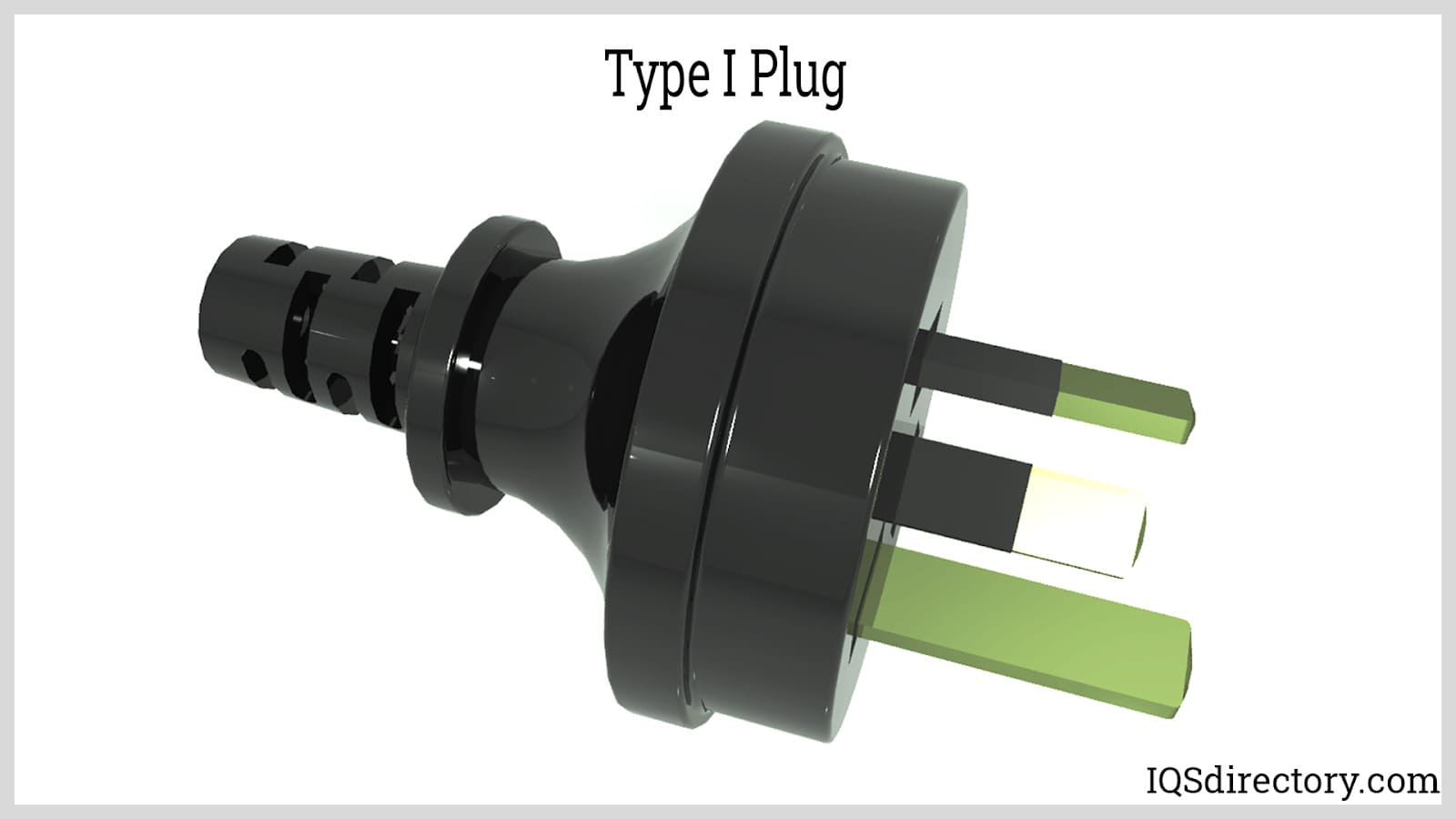
|
|
|
|
| J |
|
|
|
10 A, 250 V |
| K |
|
Denmark, Greenland | 107-2-D1 | 13 A, 250 V |
| L |
|
Italy | CEI 23-50 |
|
| M |
|
South Africa, Swaziland, Lesotho | SANS 164-1 | 16 A, 250 V |
| N |
|
Brazil | NBR 14136 |
|
| O |
|
Thailand | TIS 166-2549 | 16 A, 250 V |

An AC power cord is a detachable way of providing an alternating current of electric energy from a mains power supply to an electrical appliance or equipment. Serving industries like...
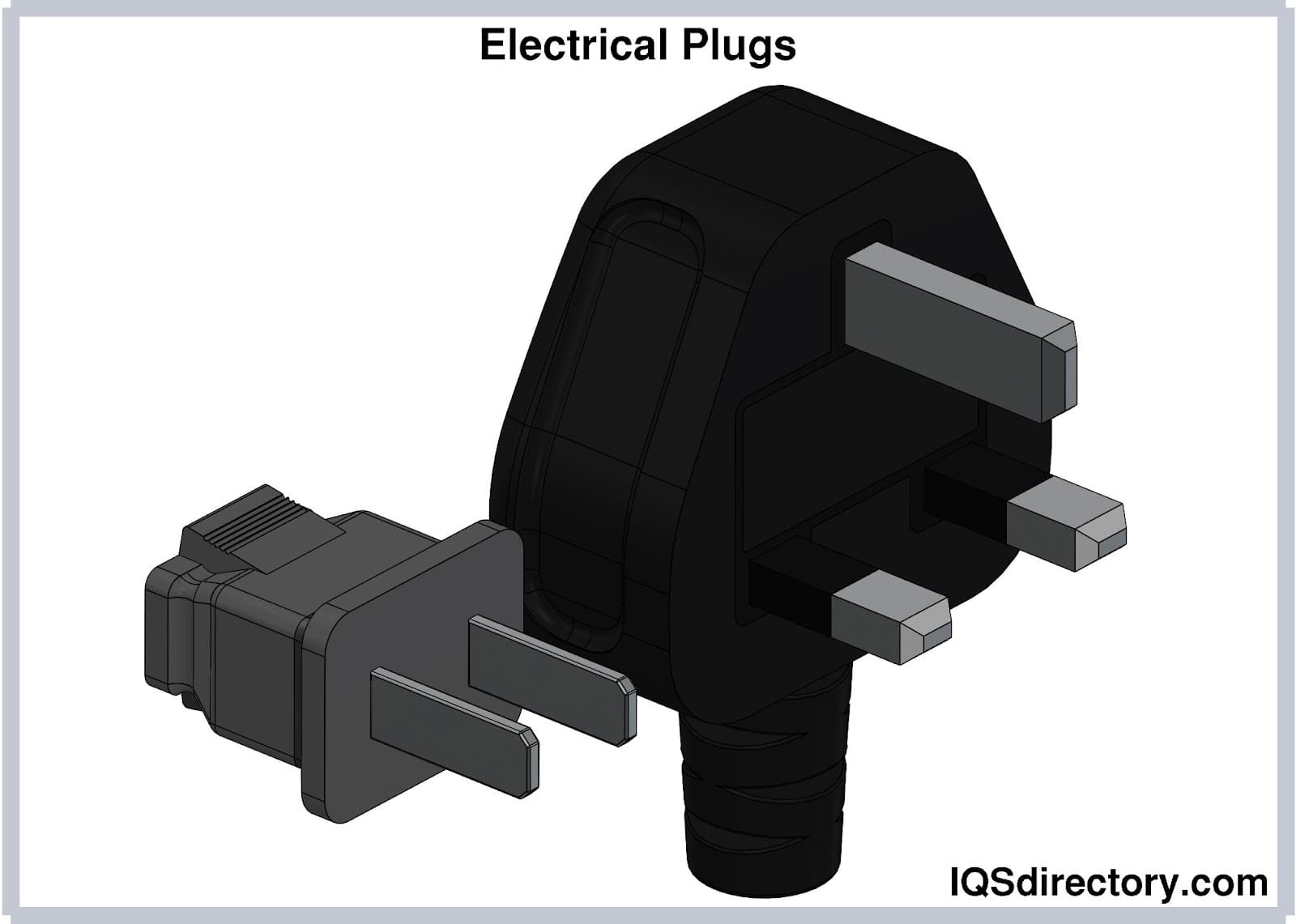
Electrical plugs, commonly known as power plugs, are devices responsible for supplying and drawing current from a receptacle to the circuitry of an electrical appliance...

A NEMA connector is a method for connecting electronic devices to power outlets. They can carry alternating current (AC) or direct current (DC). AC current is the typical current found in homes, offices, stores, or businesses...
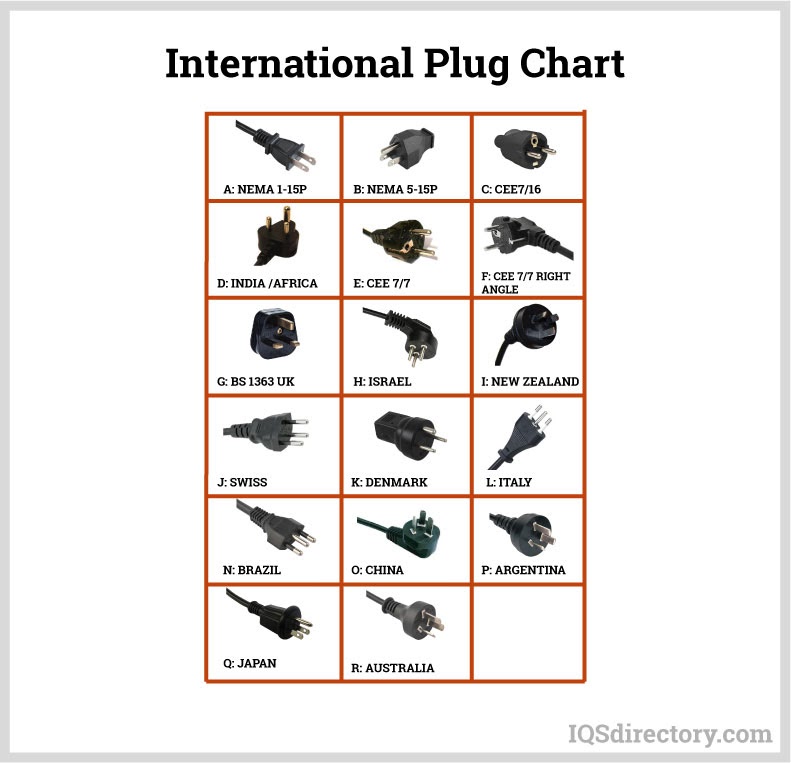
Thomas Edison developed the power distribution system in 1882. He wrapped a copper rod in jute, a soft shiny fiber from plants, as an insulator. The jute wrapped copper rod was placed in a pipe with a bituminous compound...
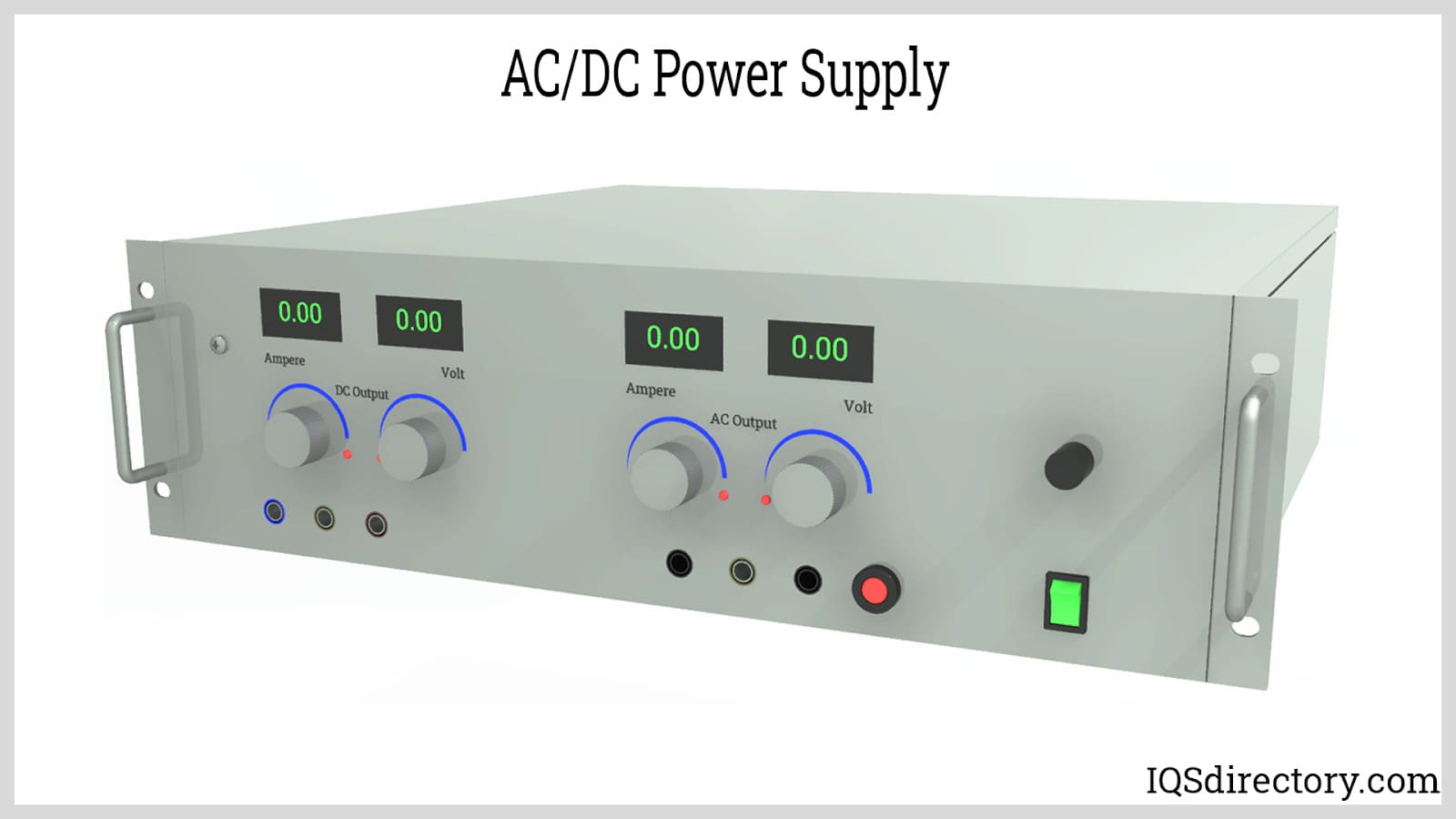
Power supplies are electrical circuits and devices that are designed to convert mains power or electricity from any electric source to specific values of voltage and current for the target device...
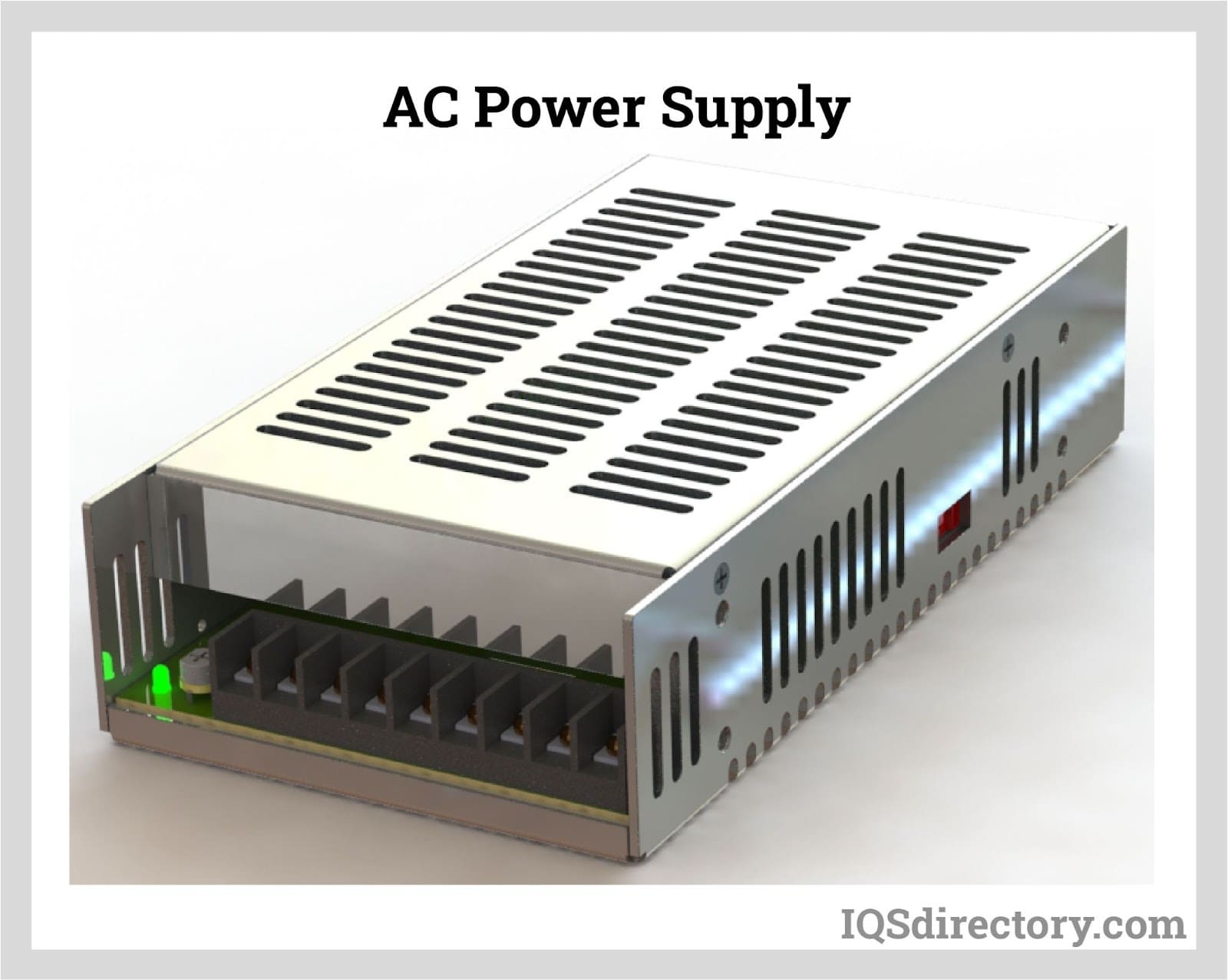
An AC power supply is a type of power supply used to supply alternating current (AC) power to a load. The power input may be in an AC or DC form. The power supplied from wall outlets (mains supply) and...
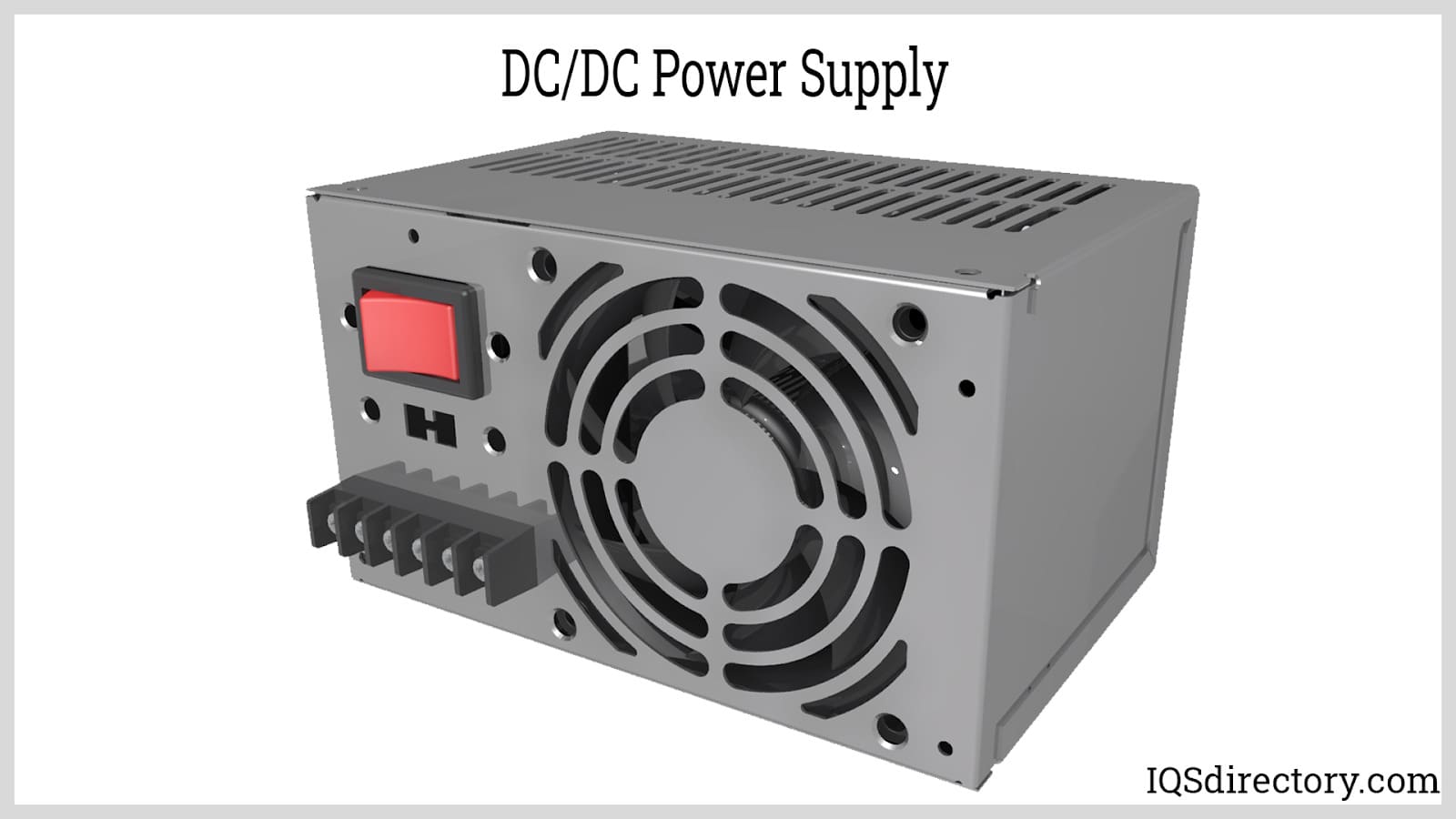
A DC DC power supply (also known as DC DC Converter) is a kind of DC power supply that uses DC voltage as input instead of AC/DC power supplies that rely on AC mains supply voltage as an input...
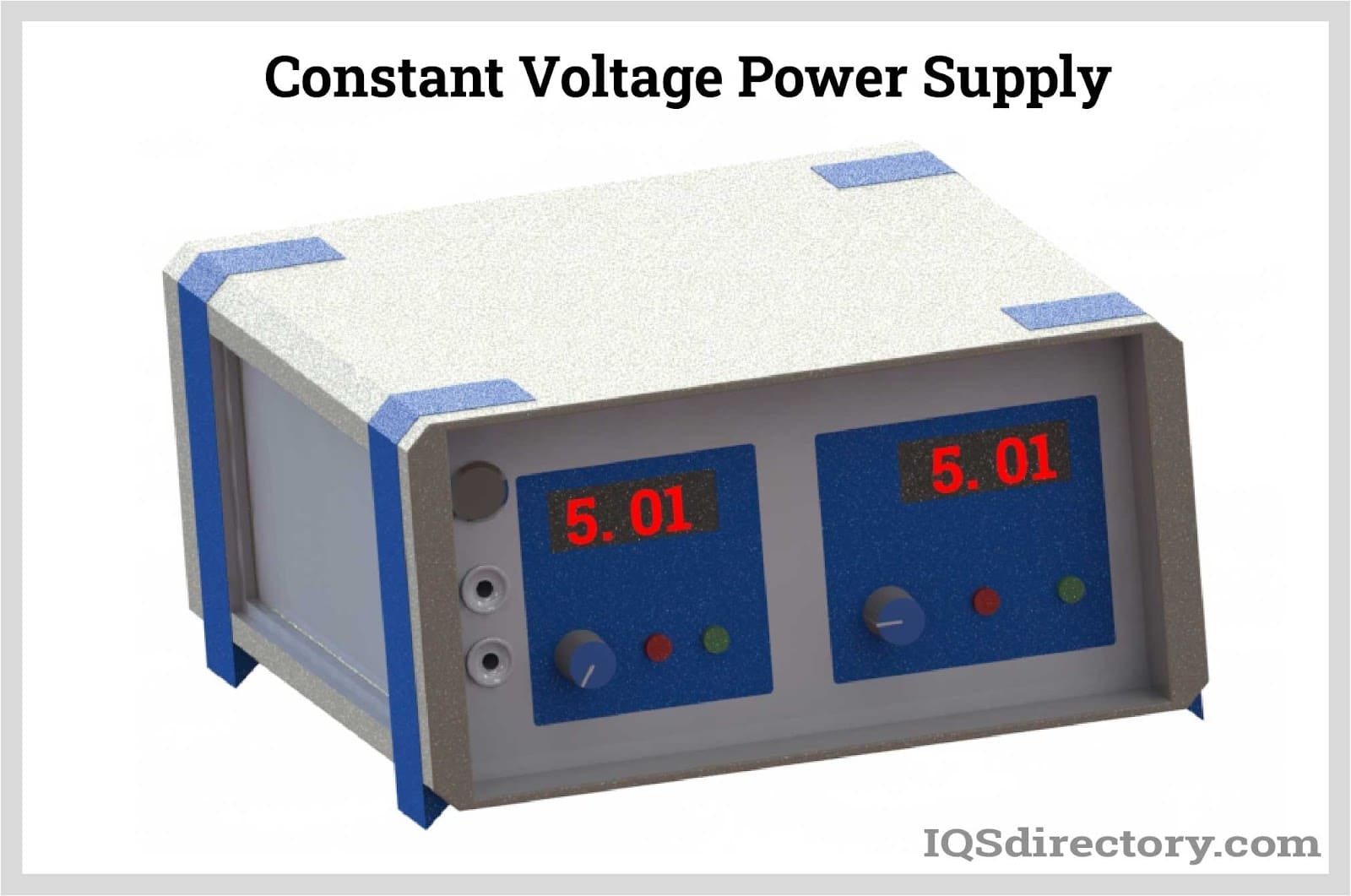
A DC power supply is a type of power supply that gives direct current (DC) voltage to power a device. Because DC power supply is commonly used on an engineer‘s or technician‘s bench for a ton of power tests...
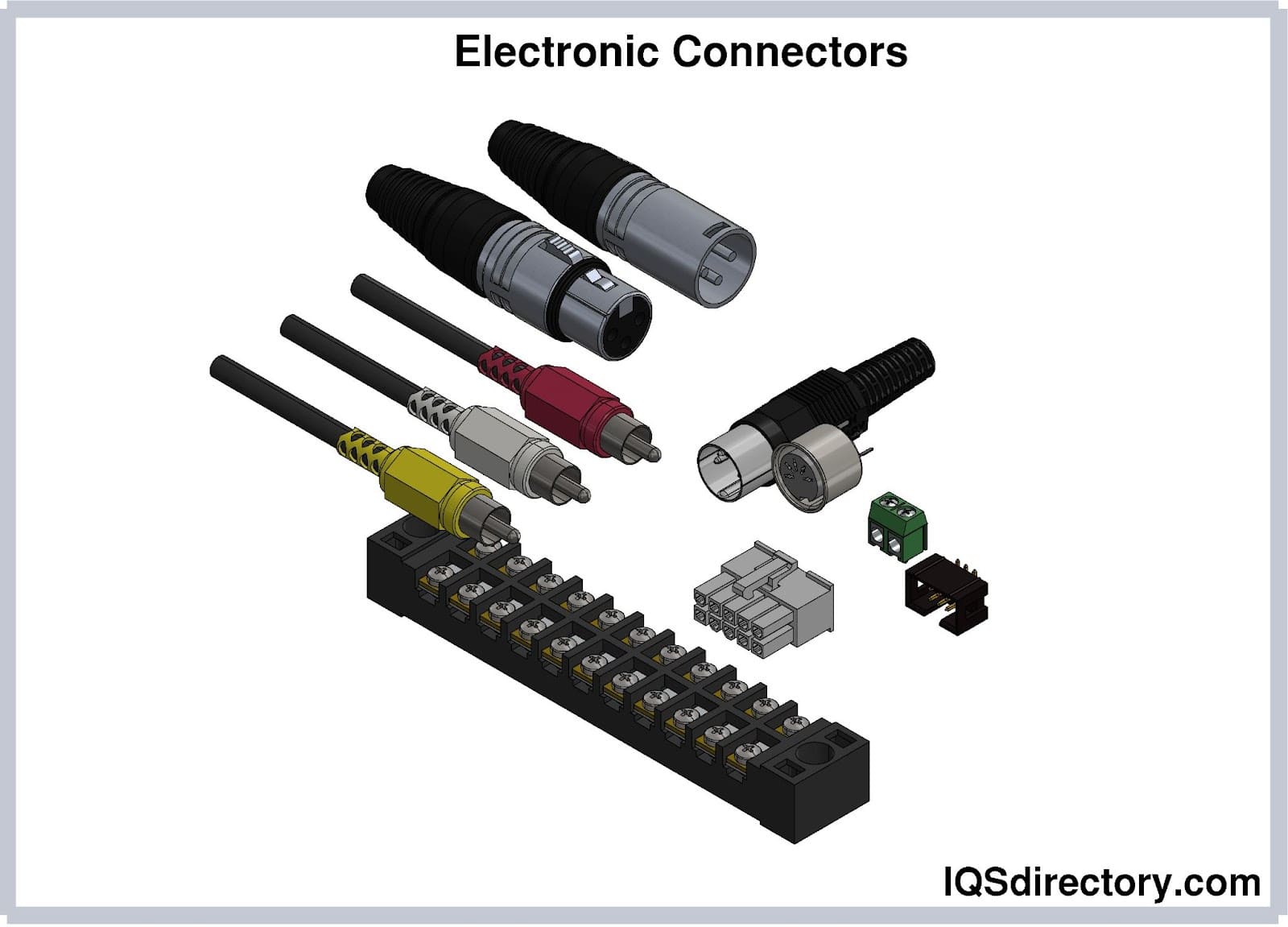
Electronic connectors are devices that join electronic circuits. They are used in assembling, installing, and supplying power to electrical devices. Connectors are an important component of every electronic equipment used in...
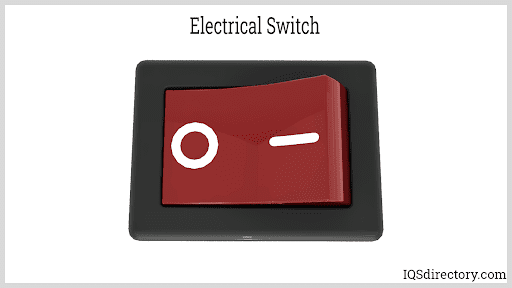
An electric switch is a device – usually electromechanical – that is used to open and close an electric circuit. This disables and enables the flow of electric current, respectively...
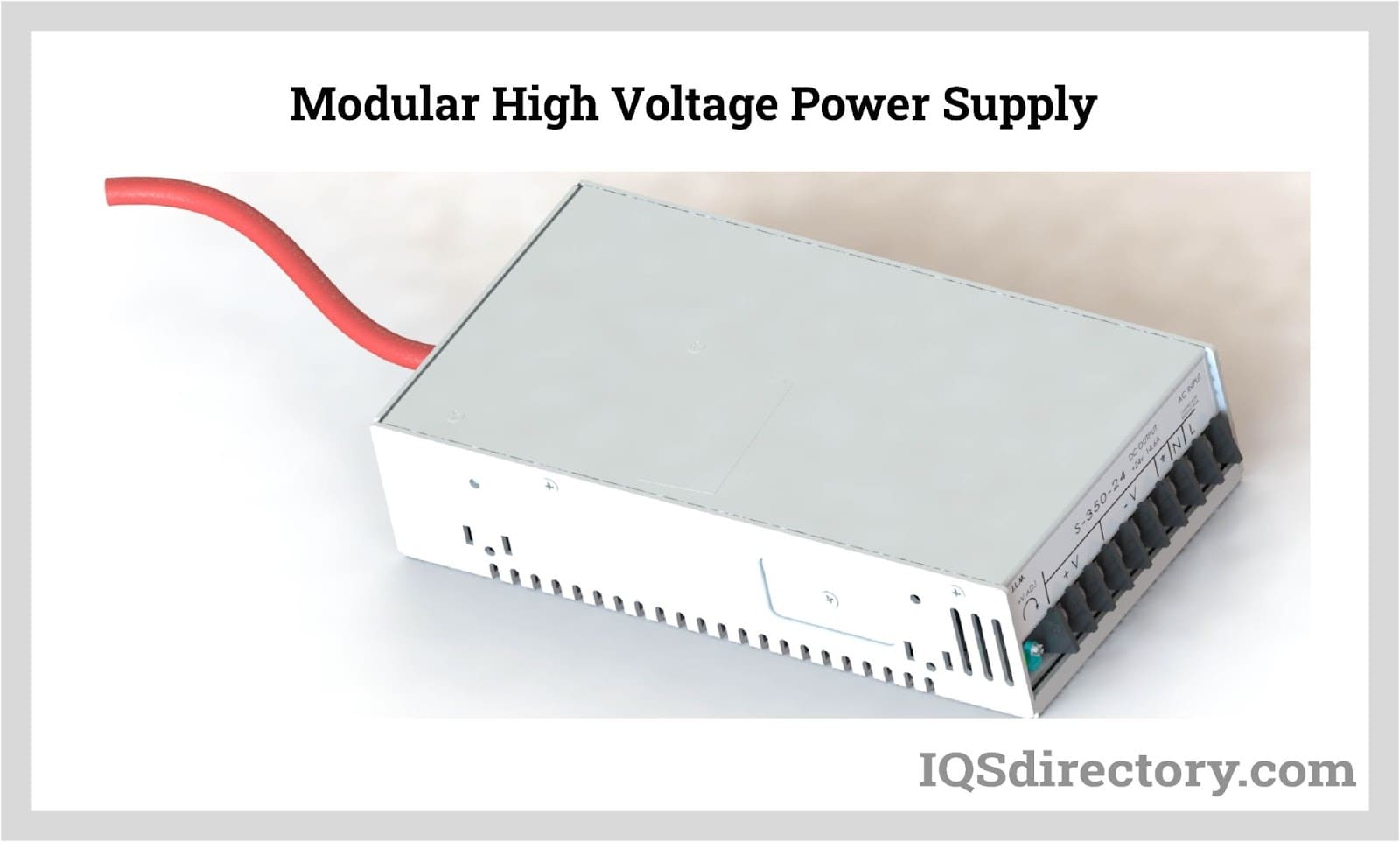
By definition a power supply is a device that is designed to supply electric power to an electrical load. An electrical load refers to an electrical device that uses up electric power. Such a device can be anything from...
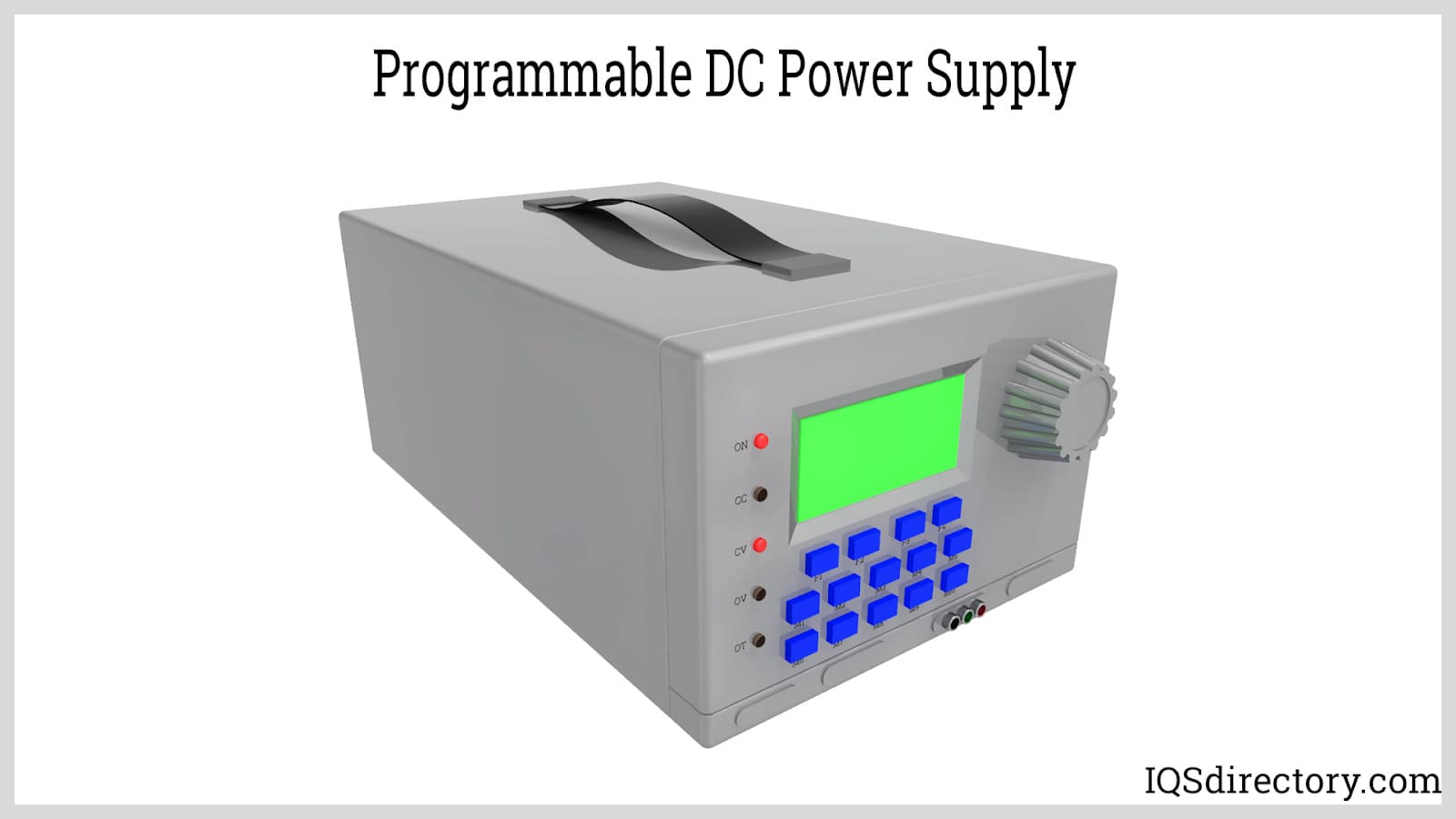
A programmable power supply is a method for controlling output voltage using an analog or digitally controlled signal using a keypad or rotary switch from the front panel of the power supply...
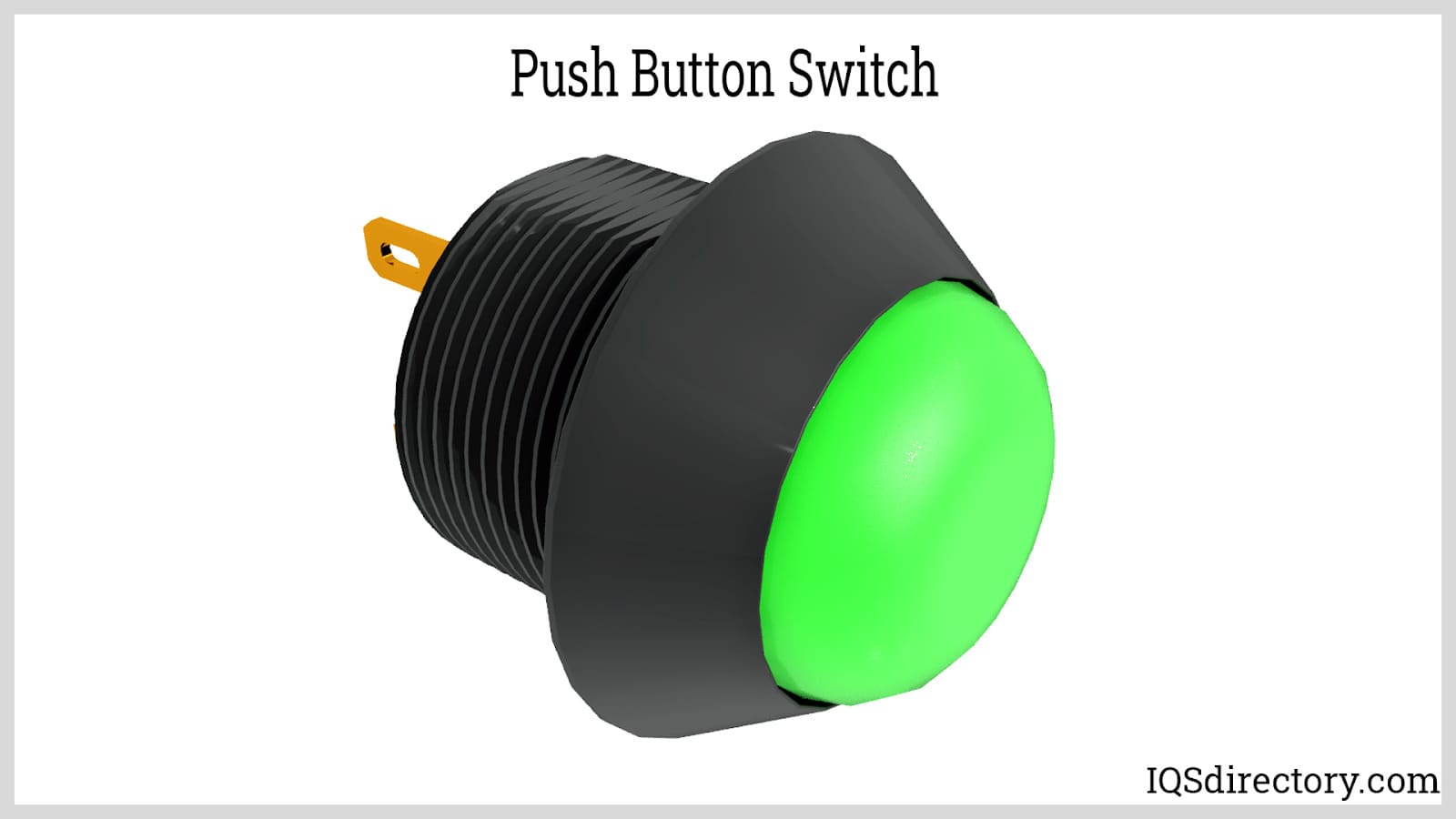
Push button switches are electrical actuators that, when pressed, either close or open the electrical circuits to which they are attached. They are capable of controlling a wide range of electronic gadgets...